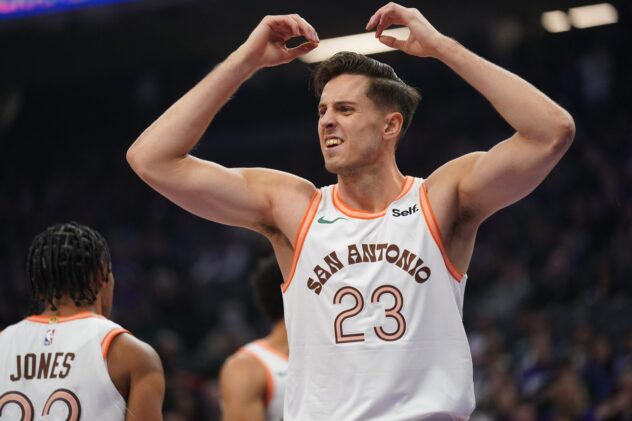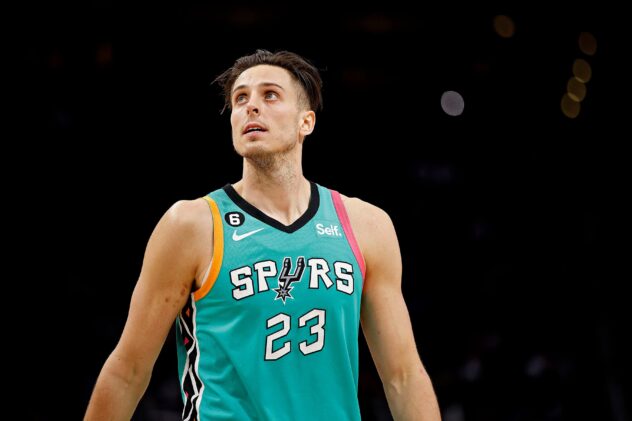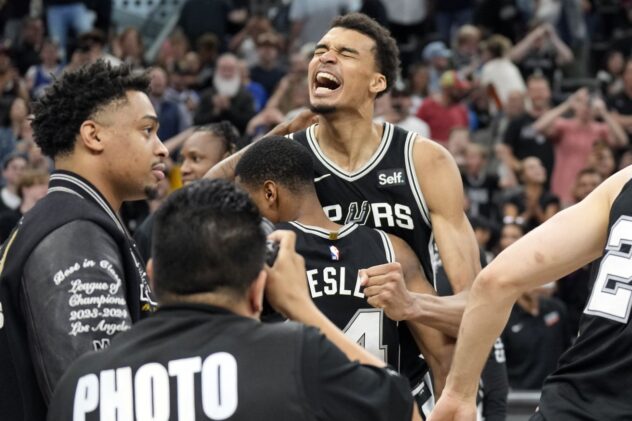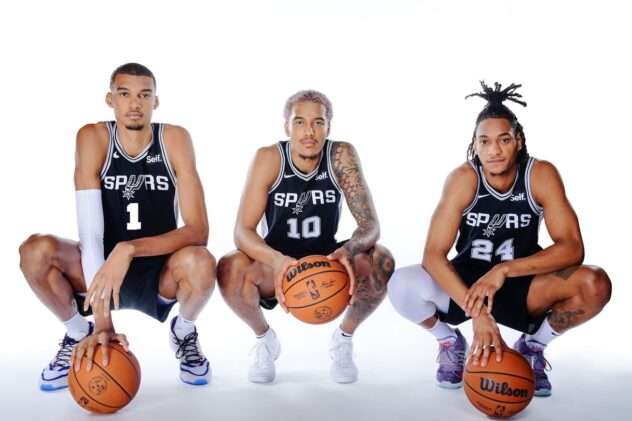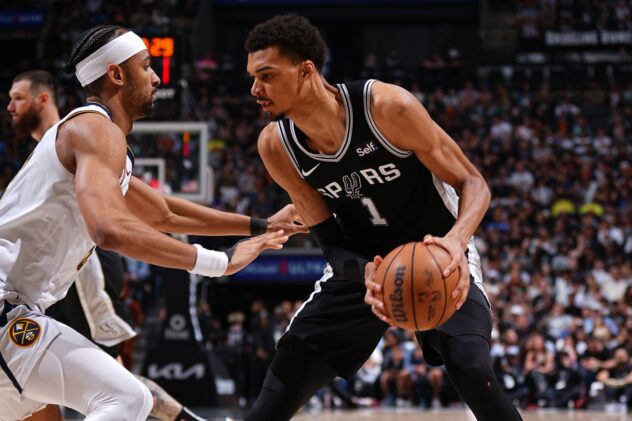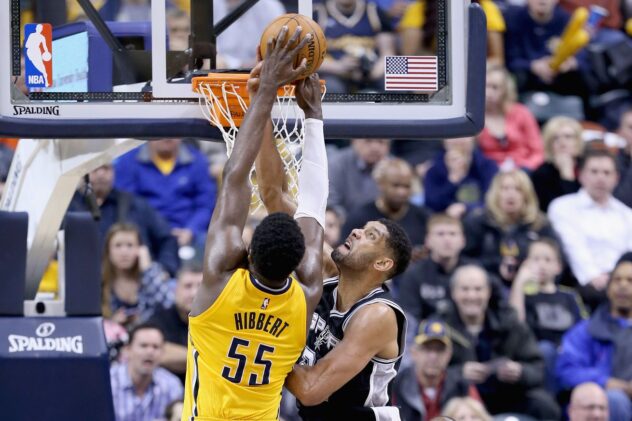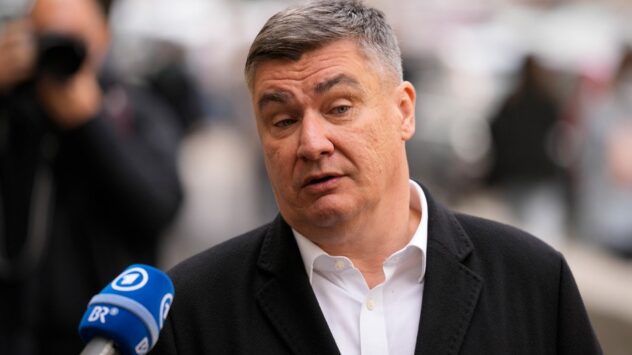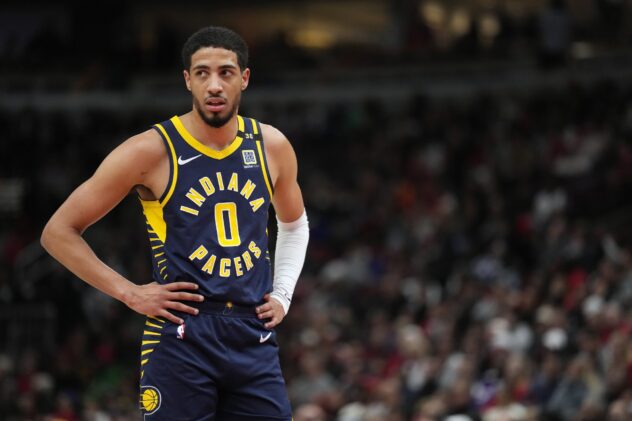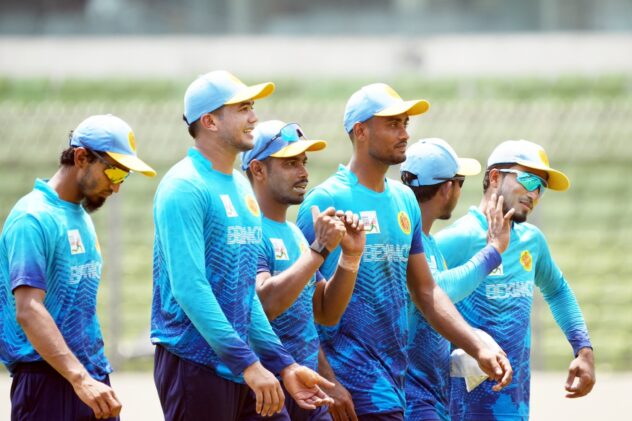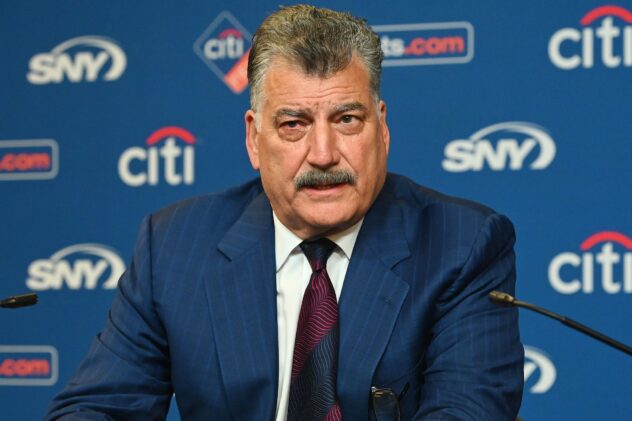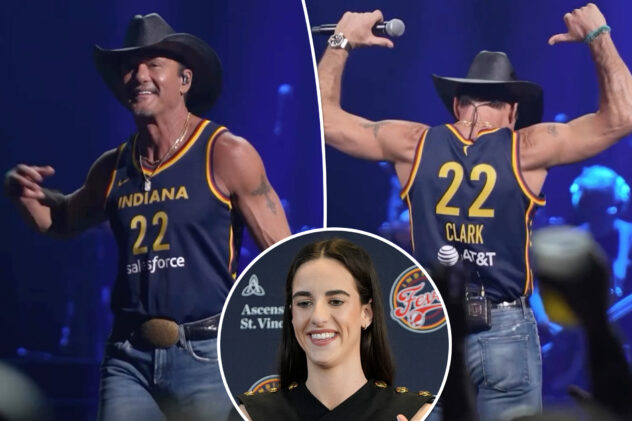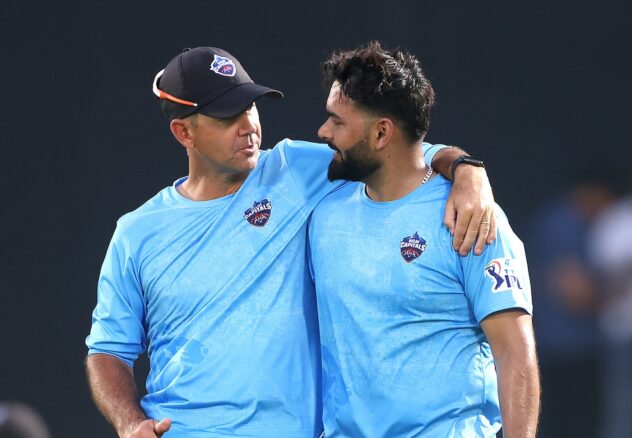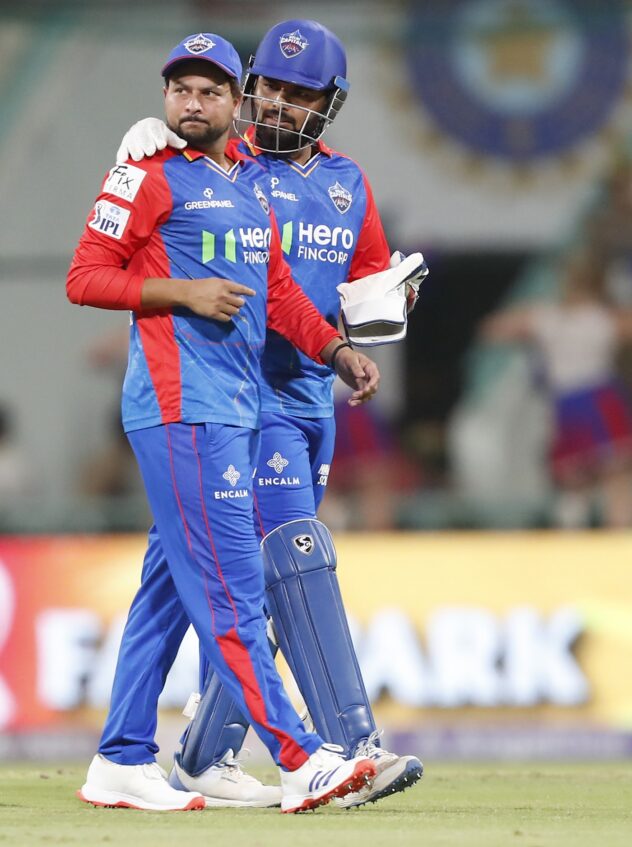The statistic that explains the Spurs’ off-season
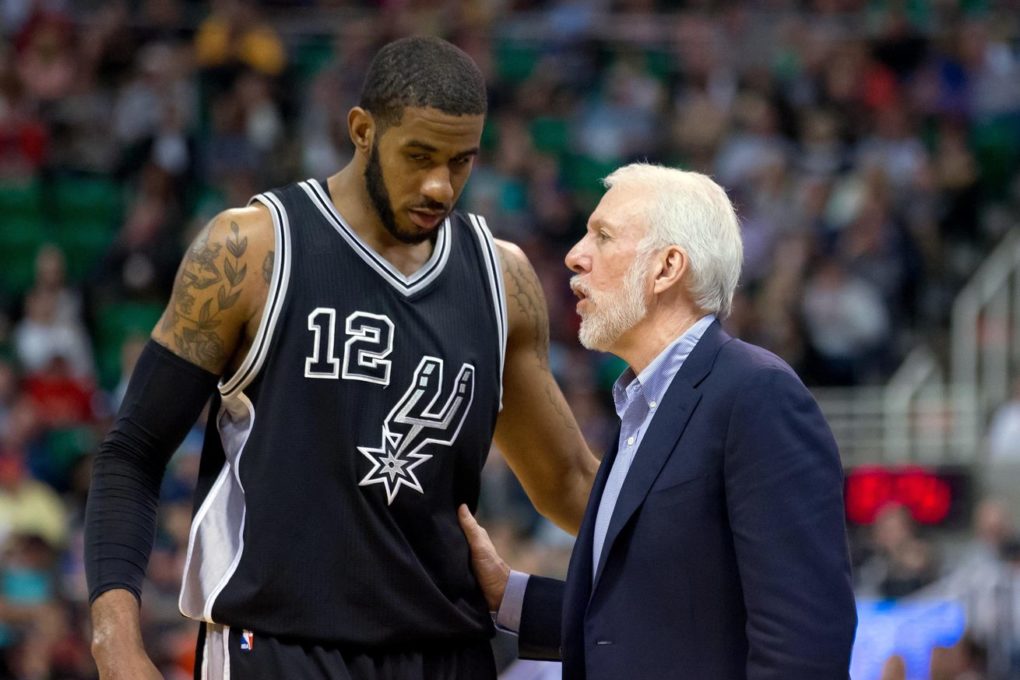
There are several numbers that anticipate what San Antonio will be like this year, but one stat points directly at what they did this summer.
One of my first posts for Pounding the Rock was about how coaches read a box score. I explained why offensive rebounding percentage is a much more meaningful statistic than total rebounds, and why “points after turnovers” is essentially meaningless. One thing I did not point out was that the box score from any one game is, by definition, a “small sample size.” As a result, while it can tell you the factors that went into winning or losing that particular game, it will have limited utility in explaining how the team is performing now, or will perform in the future.
For a larger and more meaningful sample size, many more games and box scores are necessary. Which is why an examination of some of the season-long statistics from last season will help in setting expectations for the Spurs this year.
The habit of excellence
The most important big picture stats extend over many seasons. For instance, the Spurs have made the playoffs each of the last 20 years – a remarkable stat considering that about half of the league misses the playoffs every year. New and exciting teams like the Timberwolves are hoping to just make the playoffs this year. If they do, it will be the first time since 2004. It’s safe to say that the Spurs will extend their streak of playoff appearances to 21 years.
Another telling statistic is that the Spurs had the second smallest drop-off in the league between home and road games last year. The Spurs were only 1.9 points per game worse on the road than at home – and they were excellent wherever they played. The Spurs outscored opponents by 8.8 points per game at home and by 6.9 on the road. Other than the Golden State Death Star, no other team in the league outscored opponents for the season by as much as the Spurs did on the road.
I believe that the Spurs’ strength away from San Antonio a direct result of the Spurs’ culture of teamwork, and the coaching staff’s insistence on eliminating distractions and competing on each possession. (Tellingly, the Atlanta Hawks had with the smallest drop-off road vs. home — a team coached by Pop disciple Mike Budenholzer who has clearly instilled the same habits.) Those habits help make the location of the game an afterthought, not the focus. That too should continue, since the Spurs’ culture is not likely to change.
On defense
On defense, the Spurs continued one of their traditions — chasing shooters off the three point line and not fouling. The Spurs were second best in the league in allowing three-point attempts and best in not fouling. Think of the playoff series against Houston last year, and you may remember how well coached the Spurs were on these two points of emphasis. Defenders crowded the Rockets‘ three-point shooters, and kept their hands waaaay back on drives. These traditions are sure to continue this season (and as long as their coach is Gregg Popovich).
One thing on defense may change this year; point guard rebound rate. Last year’s primary point guards, Patty Mills and the Oui Frenchman, were in the bottom ten in the league in rebounding — Mills got only 4.5% of available rebounds while he was on the floor, while TP got only 4.1%. But Dejounte Murray is a different story. His length alone (not to mention his youth) should lead to more rebounds, but beyond that, he’s glass crasher. Just as Kawhi turns his defensive rebounds into insta-fast breaks, Murray should be able to do the same.
On offense
The Spurs attack was an anomaly last season. Even though they again led the league in three-point percentage (39.1%), for the fourth time in the last seven years, the Spurs also led the league in taking the most mid-range shots — the dreaded “long two.” I expect both of those statistics to be repeated this year, or close to it. The Spurs’ combination of good shooters, great shot selection from 3, and ball movement should continue to keep them near the top in 3-point percentage. The two players who will again take the most shots are Kawhi Leonard and LaMarcus Aldridge, and both were in the top 12 in long twos.
The Spurs famously, and stubbornly, continued to play with two bigs most of the year, bucking the league-wide trend of going small, with traditional small forwards sliding into the 4 spot. However, when the Spurs did “go small”, they were good at it. It’s best to be clear here: they were exceptionally good — which is where things get really interesting.
When Aldridge played as the sole big man on the floor, the Spurs outscored their opponents by 14.3 points per 100 possessions, and when Pau Gasol was the lone big, the Spurs outscored opponents by 18 points per 100 possessions. Perhaps good enough to stop bucking that trend, and give in to small-ball?
The switch
With Dewayne Dedmon and David Lee leaving the team without being replaced with new players, Davis Bertans and Kyle Anderson will likely be taking some of those minutes. Which starts to bring the off-season into focus, because PATFO’s moves make sense in the context of San Antonio’s effectiveness in playing with a single big.
Many have noted that the Spurs had a relatively quiet summer, have only three true bigs, and the “big signing” was Rudy Gay – a 3 who can theoretically play as a stretch 4. It looks like the Spurs have decided that they only need three true bigs if just one of them will on the floor much of the time.
Source: Pounding The Rock

